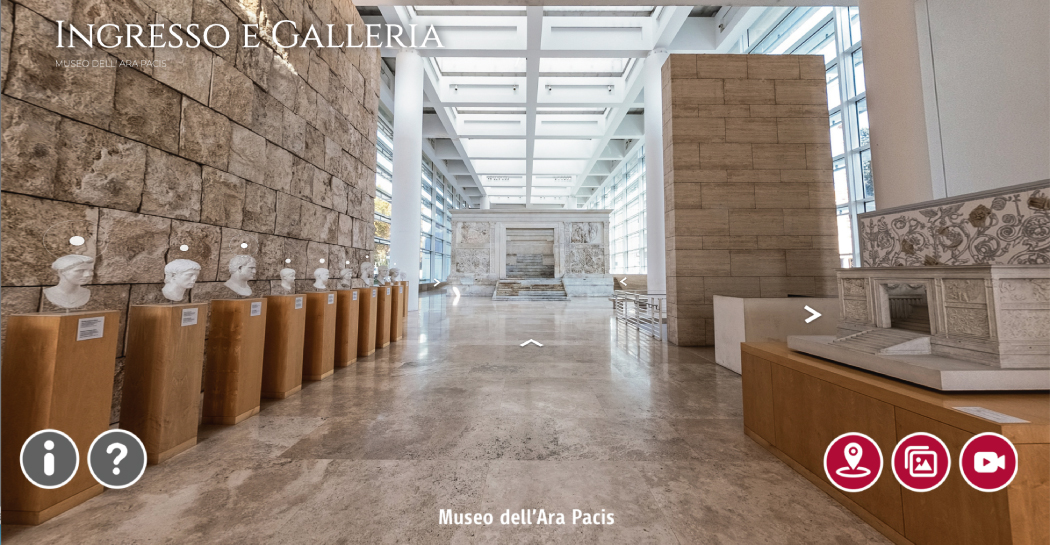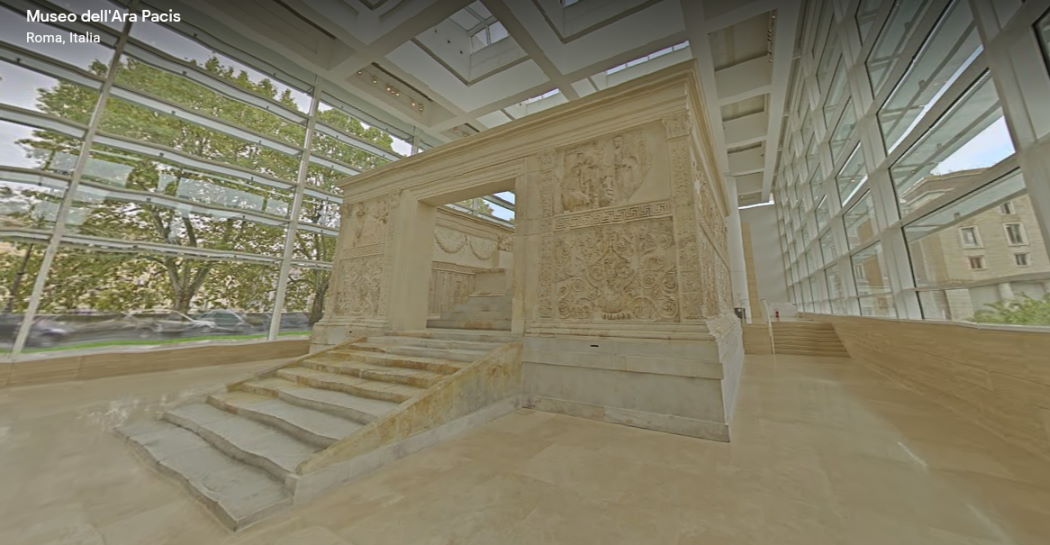Mimmo Paladino. Biography
1948
Born in Paduli (Benevento) on December 18th.
1964
He visits the Venice Biennial where Robert Rauschemberg’s work in the American Pavilion make a strong impression on him, revealing to him the reality of art.
1968
He graduates from the arts secondary school of Benevento. He holds an exhibition presented by Achille Bonito Oliva, at the Portici Gallery (Naples).
1969
Enzo Cannaviello’s Lo Studio Oggetto in Caserta organizes his solo exhibition.
1973
He begins to combine images in mixed technique, creating a complex iconography that takes into account an extraordinary mix of messages, strangely opposed and divergent, yet blended together.
1977
He moves to Milan.
1978
First trip to New York.
1980
He is invited by Achille Bonito Olivo to participate in the Aperto ’80 at the Venice Biennial along with Sandro Chia, Francesco Clemente, Enzo Cucchi and Nicola De Maria. He publishes the book EN-DE-RE with Emilio Mazzoli in Modena.
1981
He participates in A New Spirit in Painting at the London Royal Academy of Art. The Kunstmuseum of Basel and the Kestner-Gesellshaft of Hannover organize a large exhibitions of drawings made from 1976 to 1981. The exhibition moves from the Kestner-Gesellshaft in Hannover to the Mannheimer Kunstverein in Mannheim and the Groninger Museum in Groningen, launching Paladino as an international artist.
1982
He participates in Documenta 7 in Kassel and the Sydney Biennial. He makes his first bronze sculpture, Giardino Chiuso. First trip to Brazil, where his father lives.
1984
He builds a house and studio in Paduli near Benevento and from this point on divides his time between Paduli and his Milan apartment.
1985
The Lenbachhaus in Munich organizes his first retropspective exhibition. He completes Pietre, the first of many series of figures in white stone.
1988
He has a solo exhibition at the Venice Biennial.
1989
He designs a Swatch watch which is produced in a limited edition of 100 pieces. The idea was not to decorate a watch but to design time. “My Swatch is like an amusing vanitas, a poetic symbol of time passing, produced industrially.”
1990
He is called upon by theater director Elio De Capitani to create a set for the opera La sposa di Messina based on Friedrich Schiller’s tragedy and staged in Gibellina in Sicily as part of the Orestiadi festival. Paladino conceives an ambience-sculpture to be viewed by moonlight, consisting of a Zen garden dominated by a mountain of salt from which the shapes of 30 wooden horses emerge.
1991
The royal castle in Prague is renovated for the opening of his large exhibition. Paladino shows a cycle of seven new canvases inspired by the history of Prague, nine bronze torsos and works on paper. A sculpture of a fallen horse is displayed in a nearby square. He completes a new cycle of twelve drawings on wood, Il Respiro della bellezza.
1992
He completes the permanent installation Hortus Conclusus in the cloister of San Domenico in Benevento. “I liked the idea of a Hortus Conclusus as a place in which to look at and contemplate works of art far from the constrictions of the art gallery.” The Civic Art Gallery of Trento dedicates an exhibition to his Works on paper. A large exhibition of works completed between 1970 and 1992 is organized in five Brazilian museums: the Museo de Arte de Sau Paulo, the Museo da Gravura in Curituba, the Museo de Arte Moderna in Belo Horizonte, the Museo de Arte Moderna of Brasilia and the Museo de Arte Moderna in Rio de Janeiro.
1993
He holds a large solo exhibition at the Forte Belvedere in Florence.
1994
He becomes the first contemporary Italian artist to hold an exhibition in China, at the National Gallery of Fine Arts in Peking. He works in Bologna. He publishes Ulysses, 21 etched plates based on the James Joyce novel.
1995
Naples dedicates a large exhibition to him at the Stables of the Royal Palace, at Villa Pignatelli Cortes and in Piazza Plebiscito. The Montagna di Sale erected by Paladino in Piazza del Plebiscito is viewed as a provocation for the beginning of the new year.
1998
He publishes Film, a collection of 32 drawings.
1999
A large exhibition at the South London Gallery includes Testimoni, a group of 20 statues in white stone, and Zenith, a series of works in mixed technique on aluminum. For the South London Gallery Projects, Paladino creates the installation I Dormienti in Undercroft of the Roundhouse at Chalk Farm, which is accompanied by music written by Brian Eno. The Royal Academy of London bestows upon him the title of Honorary Member.
2000
One of his images is used for the set of Oedipus Rex at the Teatro Argentina in Rome, directed by Mario Martone.
2001
He illustrates the Homer’s Iliad and Odyssey, published in two volumes by Le Lettere publishers in Florence. Publication of the catalogue Opera Grafica 1974-2001, edited by Enzo Di Martino.
2002-2003
The Luigi Pecci Contemporary Art Center of Prato holds the most complete retrospective dedicated to Paladino by an Italian museum, curated by Bruno Corà.
2003
Along with Sandro Chia, Francesco Clemente, Enzo Cucchi and Nicola de Maria, he represents the Transavanguardia 1979-1985 at the Castello di Rivoli Contemporary Art Museum.
2004
In addition to setting up an exhibition in Rome ( XXIV Andamenti) with artist Sol Lewitt and in Naples ( Quadri milanesi), he produces a stage set ( Oedipus at Colono) and wins the UBU prize for best theatrical set. He created the doors for the Renzo Piano-designed Church of Padre Pio in San Giovanni Rotondo.
2005
The Museum of Art of the City of Ravenna organizes a large exhibition Mimmo Paladino in scena, bringing together all his theatrical sets. In June, for the Biennale, he presented an exhibition of large sculptures curated by Enzo Di Martino at the Galleria Internazionale d’Arte Moderna Ca’ Pesaro in Venice. At Capodimonte Museum in Naples he set up the large exhibition dedicated to Cervantes’ Don Quixote, with paintings, sculptures, drawings and a film.
2006
The project continued into the following year with the illustration of a new edition of Don Quixote and the realization of an artist’s book, with poems by Giuseppe Conte, also inspired by the mythical “errant knight” (Editalia). He created the doors for the Church of San Giovanni Battista in Lecce (designed by Franco Purini), completed an intervention in piazza dei Conti Guidi, Piazza per Leonardo, in Vinci. He showed in the Cardi and Christian Stein Galleries in Milano and Waddington Galleries in London. In September a mosaic of great dimensions was installed in the entrance of ‘Auditorium dell’Ara Pacis’ in Rome. The work was projected in 2000 and was realized by Costantino Buccolieri.
2007
He did two sets for the production of Oedipus Rex and Cavalleria Rusticana at the Teatro Regio in Turin. During the same year he had an exhibition at the Museo MADRE al Palazzo Donnaregina in Naples, sight of the city’s Museum of Contemporary Art, and the exposition Sculptures at the Galerie Thaddaeus Ropac in Paris. In September, an exhibition, curated by Angela Vettese, opened at the Civic Gallery of Modena, and the municipal government of that city commissioned the covering for the civic Ghirlandina tower during its restoration. In Solopaca in the Sannio mountains, he completed a 2500-square-meter permanent installation at the reservoir of the Camposauro dam. In October was inaugurated a mosaic for Teatro Argentina in Rome, installed in pendant with the other by Enzo Cucchi.







































